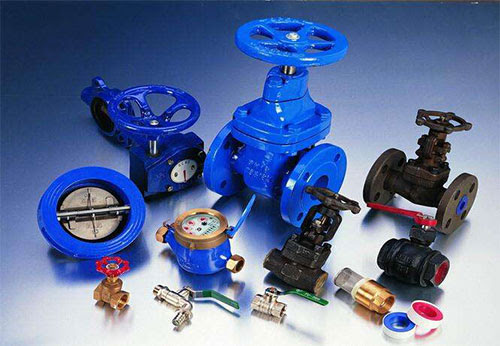+86 15858532562
Views: 35 Author: Site Editor Publish Time: 2024-05-03 Origin: Site








Beginners of valves always mistake faucets for valves. In fact, faucets strictly belong to the bathroom series. Valves are divided into gate valves, stop valves, butterfly valves, high-pressure valves, low-pressure valves, fluorine-lined valves, safety valves, pressure relief valves, anti-corrosion valves, filters, check valves, pressure reducing valves, over-flow valves, ceramic valves, medium-pressure valves, high-temperature valves, low-temperature valves, etc.

I. Classification
According to power
1 Automatic valves
Valves that rely on the power of the medium to operate. Such as check valves, pressure reducing valves, steam traps, safety valves, etc.
2 Drive valves
Valves that rely on external forces such as manpower, electricity, hydraulic power, and pneumatic power to operate. Such as stop valves, throttle valves, gate valves, butterfly valves, ball valves, plug valves, etc.
According to structural characteristics
Gate shape: The closing part moves along the center line of the valve seat
Gate shape: The closing part moves along the center line perpendicular to the valve seat.
Plug shape: The closing part is a plunger or a ball, which rotates around its own center line.
Swing shape: The closing part rotates around an axis outside the valve seat.
Disc type: The closing member is a disc that rotates around an axis inside the valve seat. Sliding valve type: The closing member slides in a direction perpendicular to the channel.